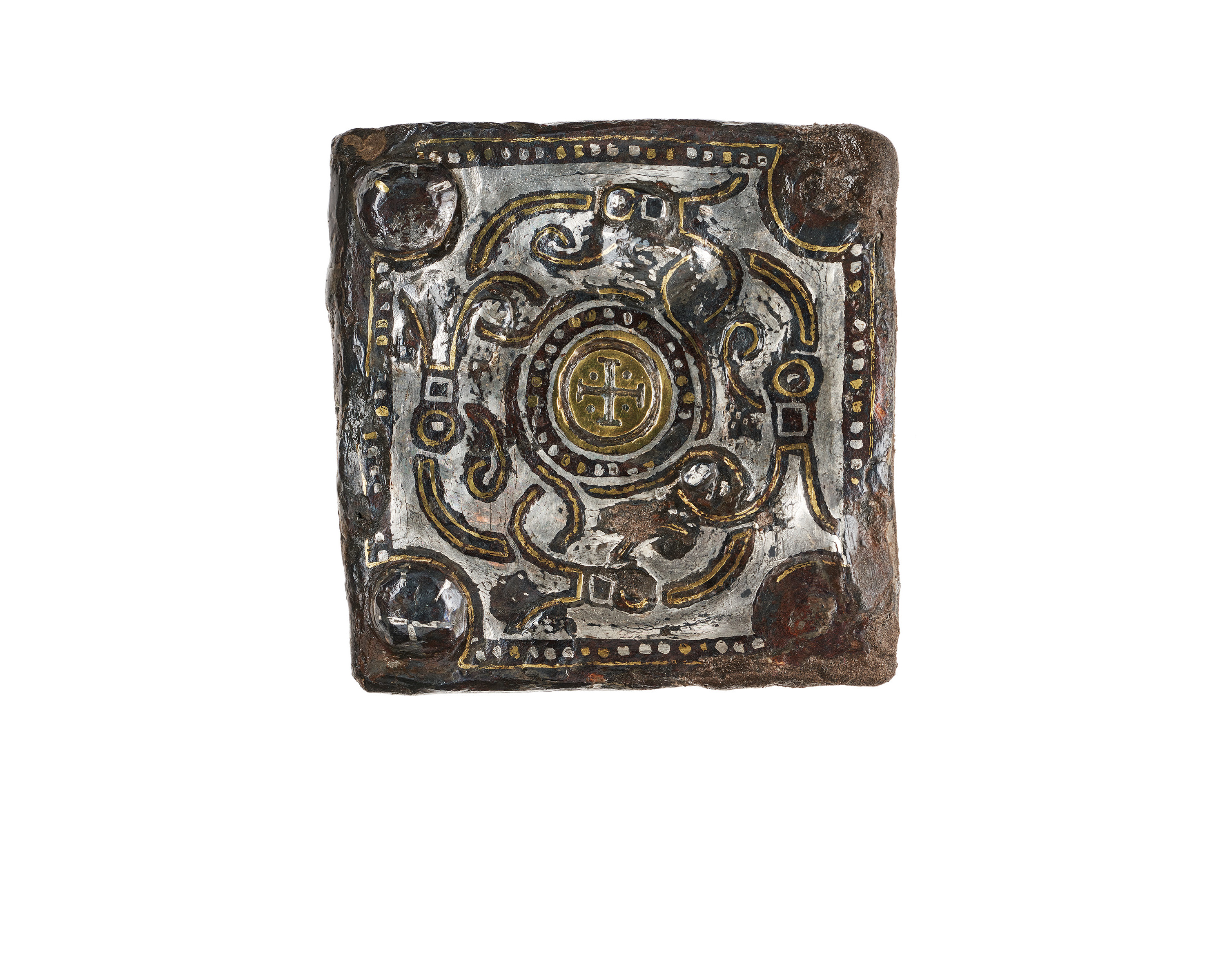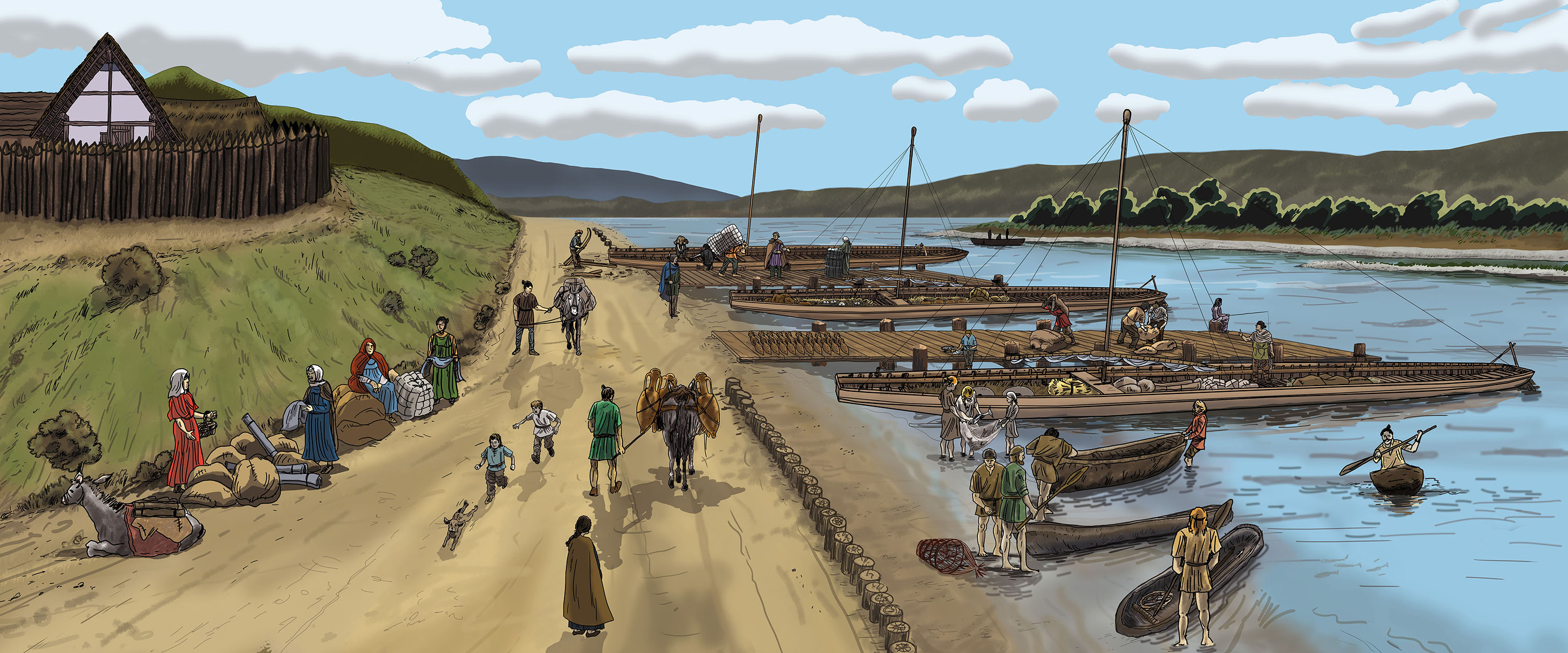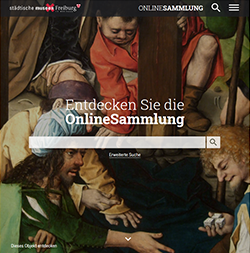14-02-2024
30 November 2023 – 1st September 2024
Through the comic heroes Asterix and Obelix, the Celts are known as comical ruffians. But what were people really up to in the Iron Age? How did they live here in Breisgau? An interactive discovery tour shows that the Celts were not only courageous heroes, but also pioneers in arts and crafts. They travelled far and wide and traded. Unique finds, hands-on stations and illustrations invite children and young people on an exciting journey through time.
14-02-2024
5 June 2024 to 26 January 2025
Music brings people together all over the world, accompanies ceremonies and celebrations, transports emotions, information and history. It is an important source of identity and belonging. Musical instruments and their cultural significance are subject to constant change and are closely linked to social developments. The exhibition invites visitors to explore the diverse roles of music and sounds, which also shed light on local and global power relations.
14-02-2024
18 May to 3 November 2024
Magnificent golds and bright colors, elegant lines and refined artistic techniques - this is how precious Italian paintings by Fra Angelico, Guido da Siena or Sandro Botticelli inspire. They were created in famous art centers such as Florence or Siena. The exhibition shows the pictorial world of churches and private devotion, but also offers insights into the art of stately courts. The Lindenau Museum in Altenburg owns one of the most important collections of Italian paintings from the 13th to the early 16th century abroad. On the occasion of its renovation, the treasures are guests in Freiburg.
14-02-2024
27 September 2024 – 23 February 2025
The traumas of war, revolution and political radicalisation, democracy, women's suffrage, freedom and individuality, abject poverty and unbridled wealth: the 1920s was an era brimful of contradictions and supposed incongruities. Works by Otto Dix, Conrad Felixmüller, George Grosz, Käthe Kollwitz or Elisabeth Voigt reflect various facets of life during the interwar period – on the streets, in the factories, in cafés and the cabarets. Above all, they focus on those people who were on the lowest rung of society’s ladder. A whole century later, the same topics are once more acute. The exhibition presents artworks ranging from Expressionism to the New Objectivity held by the Lindenau Museum Altenburg and the Museum für Neue Kunst, supplemented by contemporary artistic positions.
14-02-2024
From 4 July 2024
Heaven, hell or paradise? The question of whether there is life after death and what it looks like has preoccupied people since time immemorial. The ideas that existed in the religious world of the early Middle Ages and how the deceased were treated at that time are shown in staged burial rituals and precious grave goods in the new treasure chamber of the Colombischlössle.





